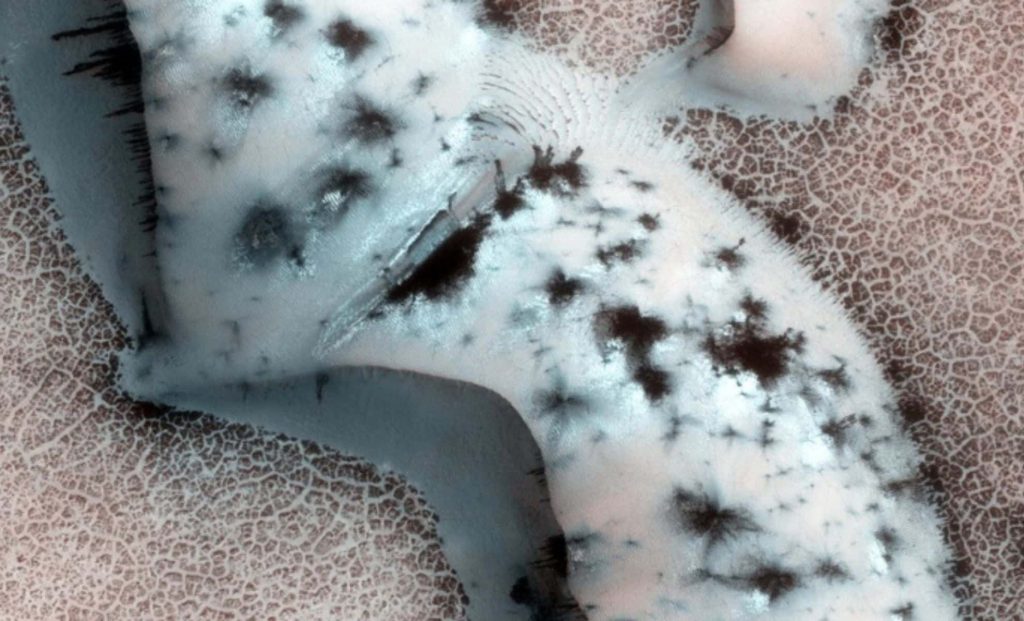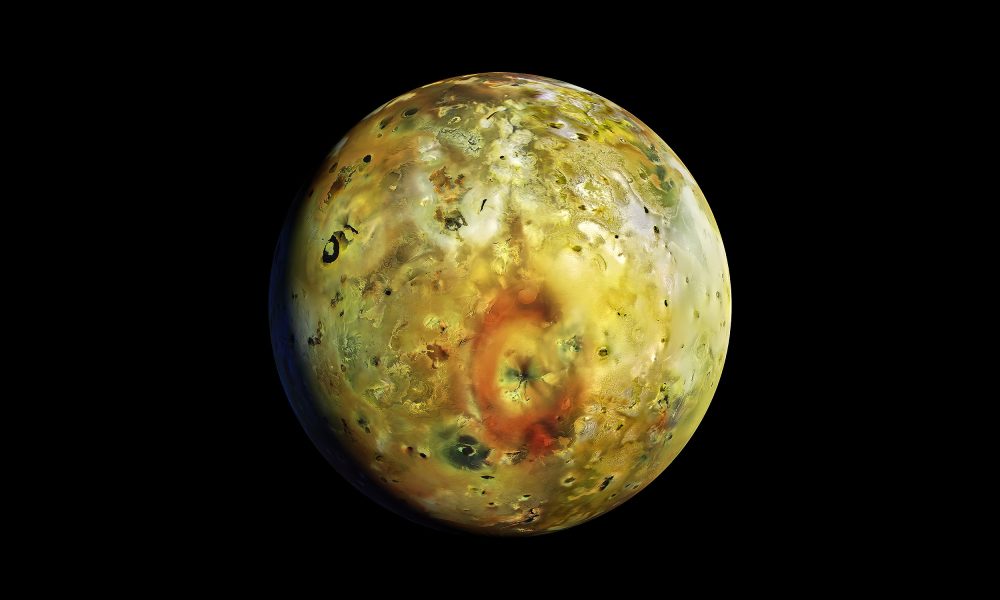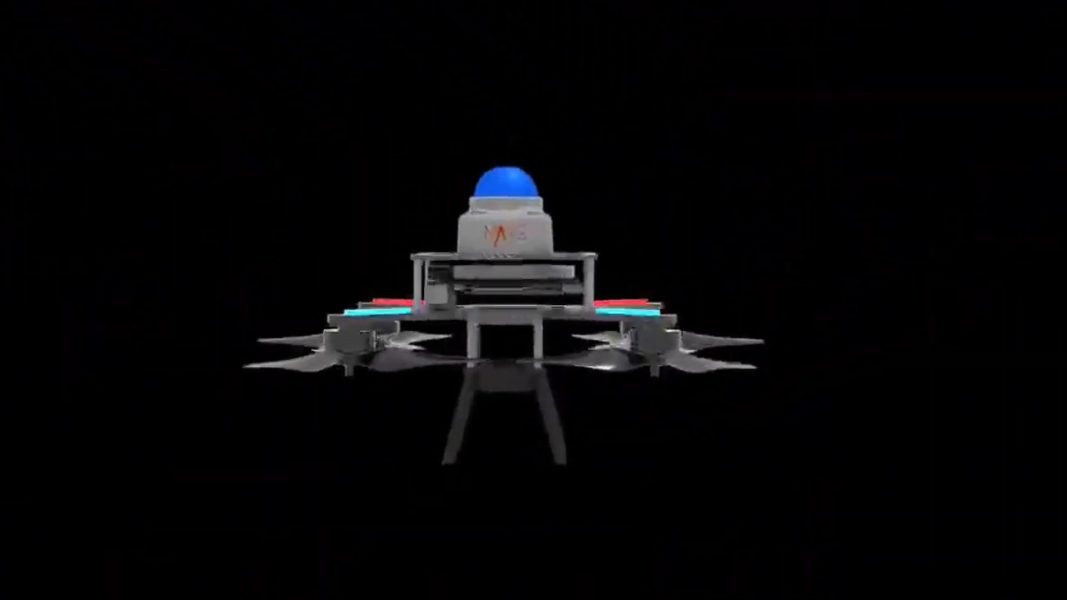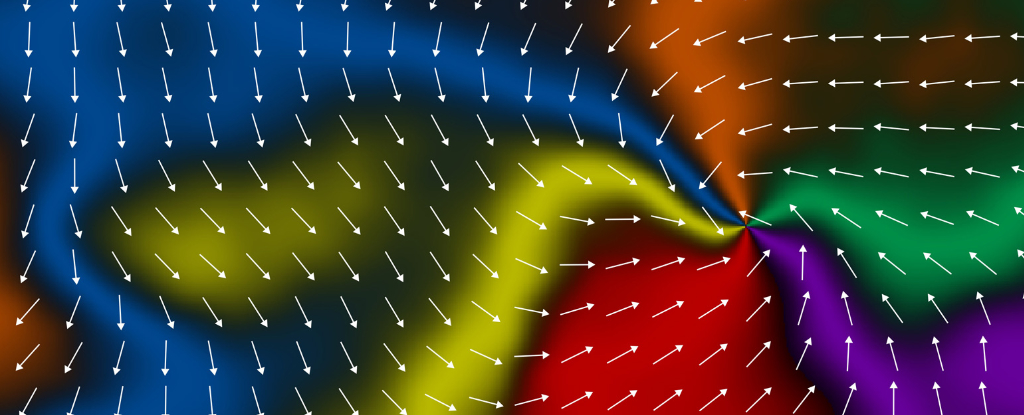Mysterious Structures Discovered on Mars Unlike Anything Ever Found on Earth’s Surface! – The Daily Galaxy –Great Discoveries Channel

NASA’s Mars Reconnaissance Orbiter has captured bizarre features on Mars that defy anything seen on Earth. From spider-like formations carved by underground CO2 eruptions to towering geysers blasting dark dust across the planet’s ice caps, these alien landscapes have stunned scientists. Mars has long been known for its dusty red dunes, towering volcanoes, and deep canyons, but recent high-resolution images from NASA’s Mars Reconnaissance Orbiter (MRO) have revealed something far more unearthly. Scattered across the southern polar region, scientists have identified strange, spider-like formations, massive dark splotches, and high-velocity geysers erupting from beneath the surface—features unlike anything found on Earth.These formations are part of a seasonal cycle unique to Mars, driven by carbon dioxide (CO2) sublimation rather than the wind and water erosion that shape landscapes on Earth. As temperatures rise during the Martian spring, CO2 trapped beneath the surface is violently released, carving out eerie, web-like channels and sending bursts of dark material across the planet’s icy surface.For years, these bizarre formations remained a mystery, but now, scientists believe they have uncovered the alien processes shaping Mars’ south pole. By studying these unique landscapes, researchers hope to gain a deeper understanding of Martian geology, atmospheric activity, and even the potential for subsurface life on the Red Planet.One of the most puzzling discoveries on Mars is the araneiform terrain, also known as “Martian spiders.” These formations consist of intricate, branching channels that resemble giant alien spider webs spread across the southern polar ice cap. Unlike Earth, where erosion is primarily caused by water, wind, and plate tectonics, Mars’ spider-like formations are carved by escaping carbon dioxide gas trapped beneath frozen ice sheets.Lauren McKeown, a planetary scientist at NASA’s Jet Propulsion Laboratory (JPL), describes these formations as some of the most peculiar features ever observed on another planet. “The spiders are strange, beautiful geologic features in their own right,” she said, highlighting the uniqueness of these natural patterns.Unlike anything found on Earth, these features form when a thick slab of CO2 ice builds up during the Martian winter, sealing off gas beneath the surface. As spring sunlight penetrates the ice, it warms the ground underneath, causing the trapped CO2 to sublimate (turn directly from solid to gas). The gas builds up pressure beneath the ice until it ruptures, shooting sand and dust into the air in violent jet-like eruptions.Alongside the spider terrain, Mars is also home to mysterious dark spots and geysers that appear every year during the seasonal thawing of the planet’s ice caps. These CO2-powered eruptions send plumes of dark sediment into the atmosphere, creating vast, ink-like stains across the polar landscape.Scientists first proposed the Keiffer model to explain these eruptions in 2006, describing how the build-up of high-pressure CO2 gas beneath the seasonal ice layer creates a powerful mechanism for geological change.“We propose that the seasonal ice cap forms an impermeable, translucent slab of CO2 ice that sublimates from the base, building up high-pressure gas beneath the slab,” Keiffer and his co-authors explained in their paper.As this gas continues to accumulate, it levitates the ice layer before suddenly rupturing, forming high-velocity CO2 vents. These vents eject sand-sized grains into the air, creating massive dark patches across the landscape and slowly eroding the surface into intricate channels.“These processes are unlike any observed on Earth,” the authors of the 2006 study concluded, emphasizing how alien these geological forces truly are.The discovery of CO2 geysers and spider terrain on Mars suggests that the Red Planet is far from static. Despite its barren and frigid environment, it is home to active seasonal processes that are reshaping its surface in real-time.This is particularly exciting for planetary scientists because it challenges the idea that Mars is a “dead” world. These processes, driven by CO2 sublimation rather than water, suggest that Mars’ atmosphere plays a more active role in shaping its landscape than previously thought.Furthermore, these eruptions and underground gas movements could have implications for future Mars missions. Understanding how CO2 accumulates and escapes from beneath the surface could be critical for designing future habitats, extraction systems, or even strategies for utilizing Martian resources in human colonization efforts.Additionally, the study of subsurface gas flow could provide new insights into whether similar processes once involved water—a crucial question in the search for ancient life on Mars.With NASA’s Perseverance Rover, the ExoMars Rover, and upcoming Mars Sample Return missions, scientists are eager to learn more about the planet’s dynamic seasonal processes. Could these spider formations and geysers have existed in Mars’ ancient past, when the planet had a thicker atmosphere and possibly liquid water? If so, could similar underground pockets of gas or liquid still exist today?Researchers are also interested in whether other regions of the planet experience similar subsurface eruptions. While these processes are mostly observed in the south polar region, future missions could uncover evidence of hidden activity in other areas of Mars.For now, the mysterious alien landscapes of Mars continue to challenge our understanding of planetary geology, showing that the Red Planet is far more dynamic than we ever imagined.Got a reaction? Share your thoughts in the commentsEnjoyed this article? Subscribe to our free newsletter for engaging stories, exclusive content, and the latest news.Comment Save my name, email, and website in this browser for the next time I comment.
© 2024 | Daily Galaxy | All rights reserved
Source: https://dailygalaxy.com/2025/01/mysterious-structures-discovered-on-mars/






